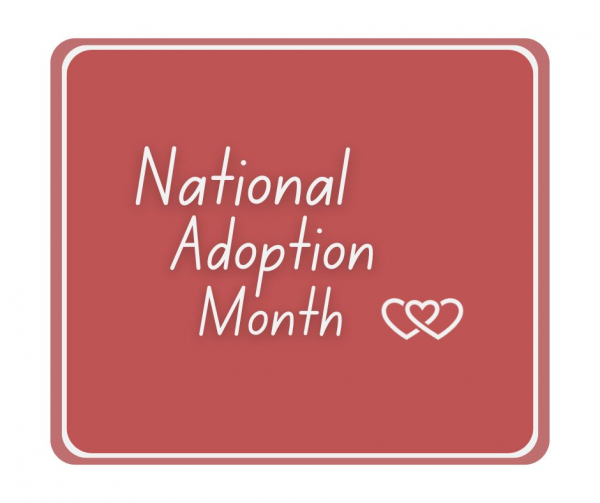Physician: Transition from Orphanage to Home
After arriving home, how can I help ease the transition from orphanage life to family life?
After an adoption, the stress a child experiences is difficult to describe. Try to imagine it from their point of view: they were taken out of their usual environment by complete strangers, forced to go on a terrifying plane, and now they live in a completely unfamiliar home setting with people they may not even understand. This type of experience can certainly causes severe psychological and emotional turmoil in anyone.
The transition between the orphanage and the child’s new home can be eased if the parents are aware of a few simple measures.
Post-institutionalized children do best in a highly structured environment. Starting out with a highly organized home life will minimize regressive behavior in the child. Children vary in their ability to tolerate change and uncertainty, so when these occur, they need to be structured.
Another important situation to avoid is overstimulation. Insufficient love is definitely in the detriment of the child’s emotional health, but too much love right away can lead to emotional turmoil and stress. Post-institutionalized children have a limited ability auto-regulate themselves or their behavior. Activities that are viewed as a normal family routine (example: a trip to the mall, Toys-R-Us, or Disneyland) can lead to total decompensation and meltdown in a internationally adopted child, especially during the first six months after placement.
During the first few months, it is imperative to maximize parent-child interactions. This can be done by reading to, playing with, and holding the child. Constant reassurance that the parent will always be there must be made. The child should also be encouraged to have interactions with other children, but only when the parent is present. This helps to foster appropriate attachment between the child and the mother and father.
Unfortunately, many children exhibit bizarre behaviors such as rocking and head-banging. These behaviors are self-stimulating and soothing activities that help the child to auto-regulate themselves. These behaviors may appear disturbing to the parents, but as long as they do not pose a safety issue to the child, parents should learn to tolerate them. Most of these behaviors will diminish will time, but may reemerge when the child is tired or stressed.
The final piece of advice to help ease the transition to family life is for parents to seek help early if needed. Parents have a tremendous emotional investment in their child and often have a strong need to normalize abnormal development or destructive and dangerous behaviors. Parent should avoid making excuses to explain delays or problems. I encourage parents to seek help early because prompt intervention usually results in a better outcome.
Disclaimer
The information and advice provided is intended to be general information, NOT advice on how to deal with a particular child’s situation or problem. If your child has a specific problem, you need to ask your pediatrician about it. Only after a careful history and physical exam can a medical diagnosis and treatment plan be made. This website does not constitute a physician-patient relationship.






